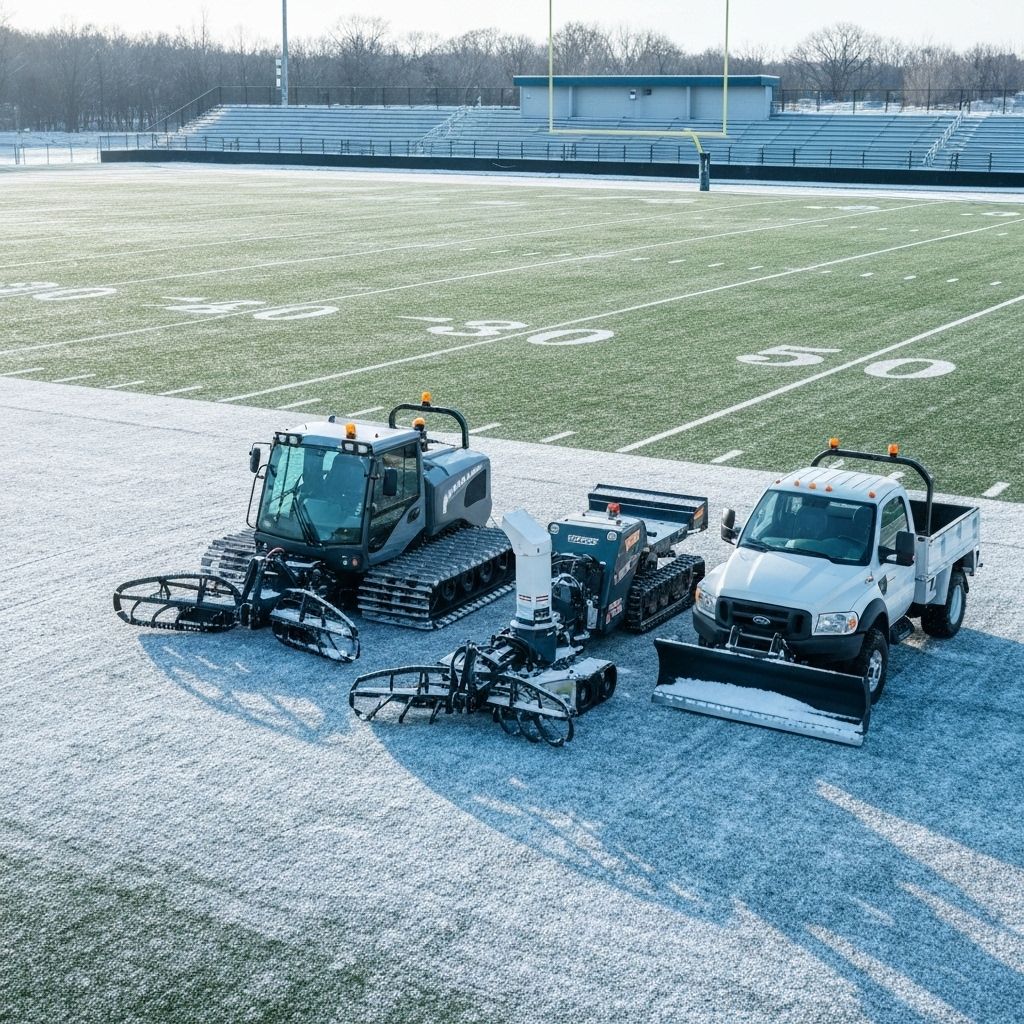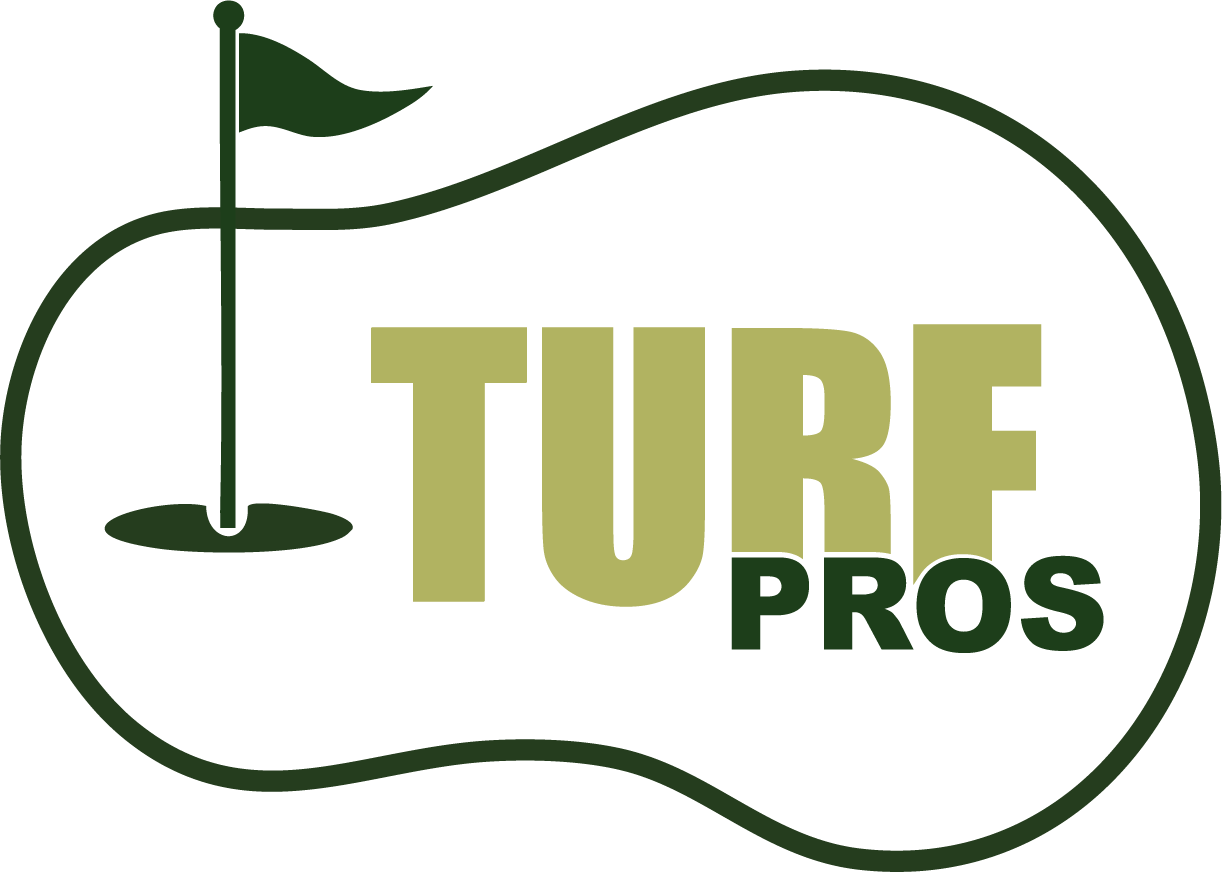Winter Artificial Turf Preparation: Essential Steps to Protect Your Investment Through Cold Weather 2025

As winter approaches, many artificial turf owners wonder how their synthetic lawn will handle snow, ice, and freezing temperatures. While artificial turf is designed to withstand harsh weather conditions, proper winter preparation is essential for maintaining its appearance, functionality, and extending its lifespan through the coldest months of the year.
This comprehensive winter preparation guide provides professional-grade strategies and techniques used by industry experts to protect artificial turf installations. From pre-winter maintenance to snow removal best practices, these proven methods will ensure your synthetic lawn emerges from winter looking as beautiful as it did in fall.
Understanding Winter's Impact on Artificial Turf
Winter weather presents unique challenges for artificial turf systems that require specific preparation and management strategies. Understanding how cold weather affects synthetic grass is crucial for developing an effective winter protection plan.
How Cold Weather Affects Synthetic Grass
Artificial turf experiences several changes during winter months that can impact its performance and appearance:
- Fiber Stiffening: Cold temperatures make synthetic fibers less flexible, potentially affecting bounce-back and resilience
- Infill Compaction: Freeze-thaw cycles can cause infill materials to compact and shift, affecting drainage and cushioning
- Drainage Challenges: Frozen ground and ice formation can impede proper water drainage, leading to standing water issues
- UV Exposure: Winter sun reflection off snow can increase UV exposure, potentially accelerating color fading
- Weight Stress: Heavy snow accumulation adds significant weight that can compress turf fibers and base materials
- Ice Damage: Ice formation can create sharp edges that may cut or damage synthetic grass blades
Regional Winter Considerations
Winter preparation strategies should be tailored to your specific climate zone and regional weather patterns:
Northern Climates (Heavy Snow and Ice):
- Focus on snow load management and ice prevention
- Implement aggressive drainage preparation
- Plan for extended periods of turf coverage
- Prepare specialized snow removal equipment
Moderate Climates (Occasional Freezing):
- Emphasize freeze-thaw cycle preparation
- Focus on drainage system optimization
- Prepare for intermittent ice formation
- Maintain regular inspection schedules
Pre-Winter Maintenance Checklist
Proper preparation before winter arrives is crucial for protecting your artificial turf investment. This comprehensive checklist ensures your synthetic lawn is ready for whatever winter weather brings.
Deep Cleaning and Inspection
Begin winter preparation with a thorough cleaning and inspection of your entire turf system:
Complete Surface Cleaning:
- Remove All Debris: Clear leaves, twigs, and organic matter that could decompose under snow
- Deep Rinse: Use a high-pressure hose to remove embedded dirt and dust from fiber bases
- Stain Treatment: Address any stains or discoloration before they set during winter months
- Pet Area Sanitization: Thoroughly clean and deodorize pet areas to prevent odor issues during cold weather
Comprehensive System Inspection:
- Seam Integrity: Check all seams for separation or lifting that could worsen with freeze-thaw cycles
- Edge Security: Ensure perimeter edges are properly secured and won't lift under snow load
- Drainage Function: Test all drainage points to ensure proper water flow
- Infill Distribution: Check for areas with insufficient infill that need replenishment
- Surface Levelness: Identify any low spots where water might pool and freeze
Drainage System Optimization
Proper drainage is critical for winter turf performance. Ice formation and standing water can cause significant damage if not properly managed.
Drainage Preparation Steps:
- Clear All Drains: Remove debris from perimeter drains and catch basins
- Test Flow Rates: Ensure drainage systems can handle rapid snowmelt
- Grade Verification: Confirm proper slope for water runoff (minimum 1% grade)
- Subsurface Check: Inspect base materials for compaction or settling issues
- French Drain Maintenance: Clean and inspect French drain systems if present
Infill Management and Redistribution
Proper infill distribution is essential for winter performance, providing stability and preventing ice damage.
Infill Optimization Process:
- Level Assessment: Check infill depth across the entire surface (should be 2/3 of blade height)
- Redistribution: Use a power broom to evenly distribute existing infill
- Top-Up Application: Add new infill to areas showing deficiency
- Compaction Prevention: Ensure infill isn't over-compacted, which can impede drainage
- Material Selection: Consider winter-specific infill additives for enhanced performance
Snow Management Strategies
Proper snow management is crucial for maintaining artificial turf integrity during winter months. The right techniques protect your investment while ensuring safe, usable surfaces.
Safe Snow Removal Techniques
Removing snow from artificial turf requires specific techniques and tools to prevent damage:
Recommended Snow Removal Methods:
- Plastic Snow Shovels: Use only plastic or rubber-edged shovels to prevent fiber damage
- Snow Blowers: Set height adjustment to avoid contact with turf surface
- Leaf Blowers: Effective for light, powdery snow removal
- Brooms: Soft-bristled brooms work well for thin snow layers
- Natural Melting: Allow natural melting when possible to minimize handling
Snow Removal Best Practices:
- Remove Early: Clear snow before it becomes compacted or icy
- Work in Sections: Remove snow in manageable sections to prevent overloading
- Follow Grain Direction: Work with the natural grain of the turf fibers
- Avoid Salt: Never use rock salt or ice melts that can damage synthetic materials
- Check for Ice: Inspect for ice formation that requires special handling
Ice Prevention and Management
Ice formation poses the greatest threat to artificial turf during winter. Proper prevention and management strategies are essential.
Ice Prevention Strategies:
- Improve Drainage: Ensure water doesn't pool where it can freeze
- Increase Air Circulation: Remove barriers that prevent air movement
- Surface Preparation: Keep surfaces clean to prevent ice adhesion points
- Timing Management: Remove snow before freeze-thaw cycles create ice
Winter Maintenance Schedule
Consistent winter maintenance ensures your artificial turf remains in optimal condition throughout the cold season. This schedule provides a framework for regular care activities.
Weekly Maintenance Tasks
- Visual Inspection: Check for damage, ice formation, or drainage issues
- Light Snow Removal: Clear light snow accumulation before it compacts
- Debris Clearing: Remove any winter debris like branches or leaves
- Drainage Check: Ensure water is flowing properly through the system
Monthly Maintenance Tasks
- Deep Inspection: Comprehensive check of seams, edges, and infill levels
- Infill Redistribution: Brush and redistribute infill as needed
- Drainage System Check: Inspect and clear drainage components
- Documentation: Record any issues or changes for spring planning
Professional Winter Services
While many winter maintenance tasks can be handled by property owners, certain situations require professional expertise and specialized equipment.
When to Call Professionals
- Severe Ice Damage: When ice has caused visible damage to turf fibers or seams
- Drainage Failures: Standing water or flooding that doesn't resolve quickly
- Structural Issues: Base settling or major surface irregularities
- Large Area Management: Commercial properties requiring specialized equipment
- Warranty Concerns: Any issues that might affect warranty coverage
Professional Service Benefits
- Specialized Equipment: Access to professional-grade snow removal and maintenance tools
- Expert Assessment: Professional evaluation of winter damage and repair needs
- Warranty Protection: Proper maintenance that preserves warranty coverage
- Time Savings: Efficient service that frees up your time for other priorities
- Spring Preparation: Professional spring startup services for optimal performance
Preparing for Spring Recovery
Winter preparation includes planning for spring recovery to ensure your artificial turf emerges from winter in optimal condition.
Spring Preparation Planning
- Document Winter Issues: Keep records of any problems for spring addressing
- Plan Maintenance Schedule: Prepare comprehensive spring maintenance timeline
- Order Supplies: Ensure infill, cleaning supplies, and tools are ready
- Schedule Professional Services: Book spring inspection and maintenance services early
Conclusion: Protecting Your Investment
Proper winter preparation is essential for maintaining the beauty, functionality, and longevity of your artificial turf investment. By following these comprehensive guidelines, you can ensure your synthetic lawn weathers the winter months successfully and emerges ready for another season of enjoyment.
Remember that while artificial turf is designed to withstand harsh weather conditions, proactive maintenance and proper preparation are key to maximizing its performance and lifespan. When in doubt, consult with professional turf maintenance specialists who can provide expert guidance tailored to your specific installation and climate conditions.
With proper winter preparation and maintenance, your artificial turf will continue to provide a beautiful, functional outdoor space that enhances your property value and enjoyment for many years to come.
